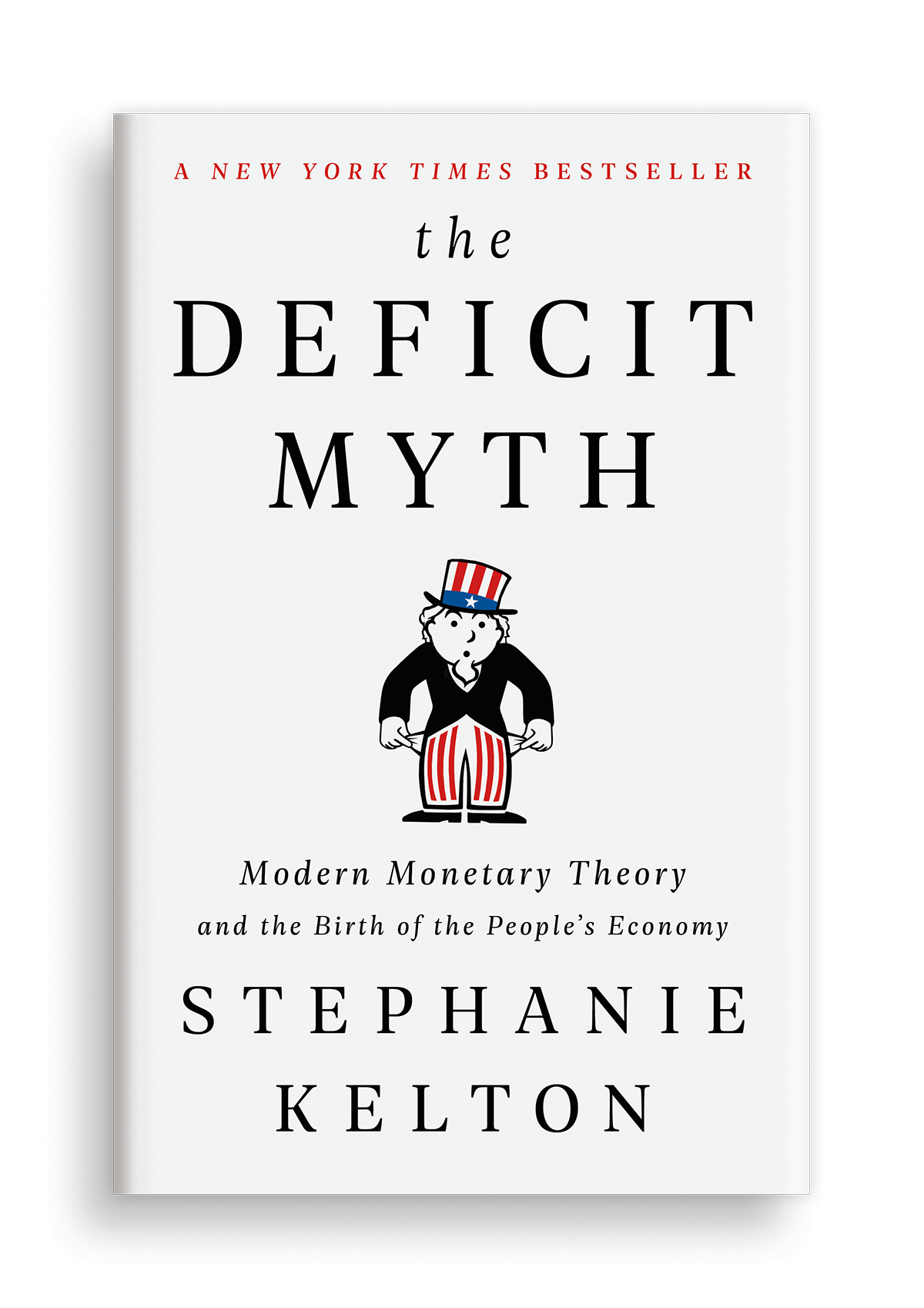There is something fundamental that most people fail to understand about our monetary system. The federal government has a lot more fiscal power than one might think.
While households must limit debt according to their ability to pay it off, our federal government has no such limitation!
The difference is that our government issues the dollars that households use. Households can go broke, but government can always pay obligations denominated in the dollars it issues. It is commonplace to think that the federal government must tax or borrow to obtain what it alone issues.
When government “borrows” dollars from the domestic or foreign private sectors it issues Treasury securities to the buyers in exchange for dollars. The private sector has given up nothing; it has exchanged dollars for securities. And, those securities constitute the so called “National Debt,” although we could call it our national private savings.
That’s the debt that many people think our children and grandchildren will have to pay back. Actually, it gets paid every day! According to the September-3-2020 Daily Treasury Statement government Redemptions to date were $109 trillion, and Issues were $113 trillion.
Private banks want their loans paid off on a time scale of individual lifetimes, decades. Federal government debt is rolled over continually, as the nation will live forever.
Let’s look at how private entities gain possession of the government dollars in the first place.
Government issues dollars to people or firms that provide goods and services to it. The private sector provides these goods and services to earn the dollars necessary to pay taxes that only the government can levy.
Other private entities need to earn dollars to pay taxes by providing goods and services to those employed by the government.
Fines are taxes that can help enforce government regulations.
So, taxes are essential to validate our dollars and stimulate or regulate commerce.
Politicians and economists debate how many dollars government can create? The answer is straightforward. Government can spend until all the nation’s productive private and government resources are employed. Too much spending will induce inflation; too little will waste potential productivity.
Many economists refer to the debt to GDP ratio. But, no one knows the best value for that. So, it’s a useless metric. A better metric would be the ratio of employed workers to the total labor force.
The last 40 years of trickle-down, austerity economics has resulted in the greatest maldistribution of wealth since the 1920’s. It’s time to put the people first.
In line with Modern Monetary Theory, our great country has the productive capability to maintain full employment, a robust progressive agenda, and a first-rate military. This applies especially during the current economic devastation of the pandemic.
Opponents of a people-first, progressive agenda will have to argue other than claim, “Unemployment is necessary” or “We can’t afford it!”
The ultimate question is not what can we afford, but what can we do?

